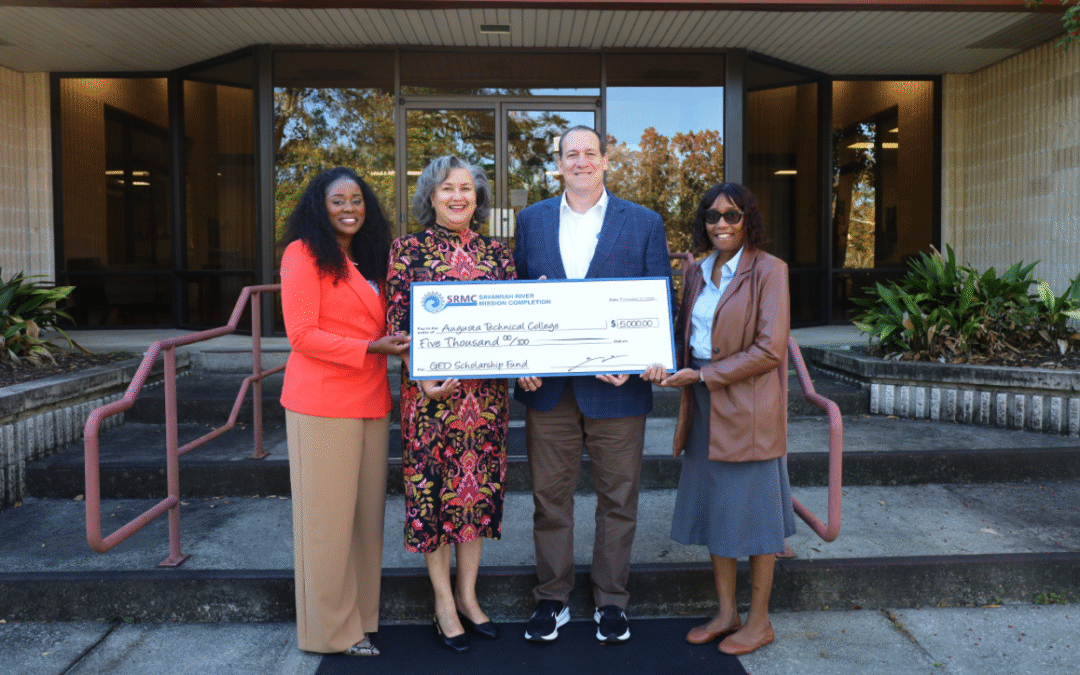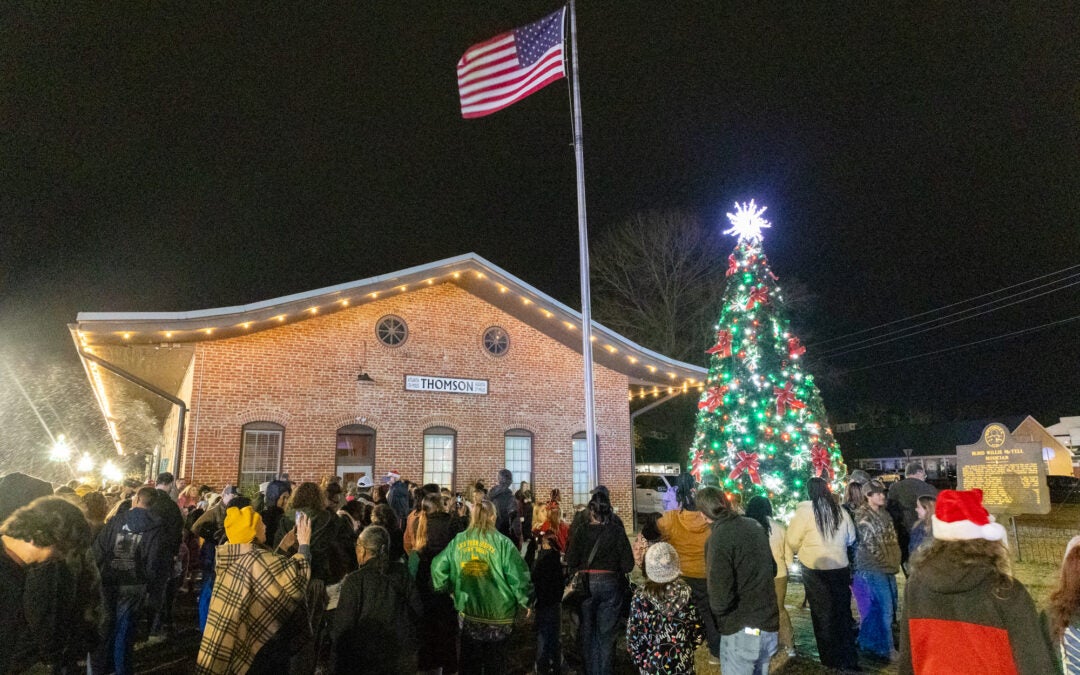The Three Holy Days Before Easter: The Triduum
The Easter Triduum is a very important time in the Christian calendar. It includes the three holy days leading up to Easter Sunday. Starting on the evening of Holy Thursday and ending on Easter Sunday evening, these days are the most important of the Church year.
In 2025, Easter falls on April 20. For many American believers, it’s a time for both religious observance and family celebrations. Christians see Easter as a time to remember the resurrection of Jesus Christ. Many will attend special church services, sometimes even at sunrise, to celebrate their faith. In the Western Church, the week before Easter, called Holy Week, is important, especially Palm Sunday, Maundy Thursday, and Good Friday. During this week, Christians think about the events leading up to Jesus’ crucifixion and resurrection.
Palm Sunday
Palm Sunday commemorates when Jesus rode into Jerusalem on a donkey the week before his crucifixion. Although the people cried, “Hosanna to the Son of David!” and greeted Him with anxious expectation with palm branches. However, by Friday, they would crucify Him.
Jesus rode a donkey on Palm Sunday as a symbolic fulfillment of prophecy and a declaration of His true mission. This act directly fulfilled Zechariah 9:9, which prophesied that the Messiah would enter Jerusalem “righteous and victorious, lowly and riding on a donkey.” By doing this, Jesus publicly announced that He was the long-awaited King, but not in the way many expected. Jesus did not come as a warrior to overthrow Rome; instead, He came as a humble King bringing salvation.
The Easter Triduum is important in both Western and Eastern Christian traditions, but there are some differences in how it is observed. In Western traditions (Catholic, Anglican, Lutheran), the Triduum begins on the evening of Holy Thursday and ends on Easter Sunday evening. It is considered a separate period from Lent.
In the Eastern Orthodox tradition, the entire week before Easter is called Holy Week or Passion Week. Again, the focus is on the last week of Christ’s life, with special services each day. These differences show the distinct liturgical practices and theological emphases in Western and Eastern Christian traditions regarding the celebration of Easter and the symbolism of light representing Christ’s resurrection.
Holy Thursday
Holy Thursday, also called Maundy Thursday, is the first day of the Triduum. On this evening, Christians remember the Last Supper, the final meal Jesus had with his disciples. During this meal, Jesus started the Sacrament of the Eucharist, also known as Communion. He told his followers to continue this practice to remember him. Many churches hold a special service that includes the Lord’s Supper and often a ritual where feet are washed. This symbolizes Jesus’ humility and service.
Good Friday
Good Friday is a day to remember Jesus’ crucifixion and death. It’s a very solemn day. In fact, it’s the only day of the year when the Eucharist is not celebrated. Instead, Christians gather to pray, read the Bible, and sometimes participate in a symbolic re-enactment of Jesus carrying the cross. Many Christians fast and abstain from certain foods on this day as they think about Christ’s sacrifice and their own need to ask for forgiveness.
Holy Saturday
Holy Saturday is the last day of the Triduum. It’s a day for quiet thought and waiting. Christians remember Jesus’ burial and his descent into hell. There is usually no special church service during the day. However, in the evening, after sunset, the Easter Vigil begins. For many, this is an essential service that helps prepare believers to hear the good news of the resurrection on Easter morning that Christ has been raised from the dead, as was witnessed by the women who visited the tomb early that morning.
The Easter Vigil
The Easter Vigil is a service full of symbols. It includes the blessing of a new fire, the lighting of the Paschal candle, readings from the Old Testament recalling God’s salvific history from Genesis to the redemption of God’s people by the prophets, the renewal of baptismal vows and the return of the threefold Alleluias! This vigil marks the change from the somber mood of the Triduum to the joyful celebration of Easter. Christians wait for and then celebrate the resurrection of Jesus Christ.
The Paschal Candle, In Western Christian traditions like Roman Catholicism, Anglicanism, and Lutheranism, is lit from the new fire. This large, white candle is blessed during the Easter Vigil. The Candle is placed near the altar during the Easter season, from the Easter Vigil until Pentecost Sunday. After Pentecost, it is moved near the baptismal font and used for baptisms and funerals throughout the year. It represents the light of Christ and his victory over sin and death.
During these three days, Christians are invited to reflect on the core beliefs of their faith as they journey with Christ through his Passion, death, and resurrection. The Triduum embodies the Paschal Mystery, which is central to Christian faith and practice.
As one who is observant of the practices I mentioned above, especially the Holy Triduum, I am able to write about my great appreciation of what Holy Week means to me in helping me to fully participate in the Great Alleluias on Easter Sunday. I am sure that all Christian faith groups have observances that are special and revered for their understanding of the resurrection and Easter. And that is important. Easter is the source of all Christian belief. How we prepare, may differ, but thanks be to God, we get to Easter together, Alleluia!
Rev. Bill Alford is a retired priest who served St. Alban’s Episcopal Church for the last 30 years and who has been priest-in-charge of the Church of the Atonement in Hephzibah for the last three years. Originally from Albany, Ga., Rev. Alford is a Navy Veteran who sings with and who is on the Board of Directors for the Augusta Choral Society.










